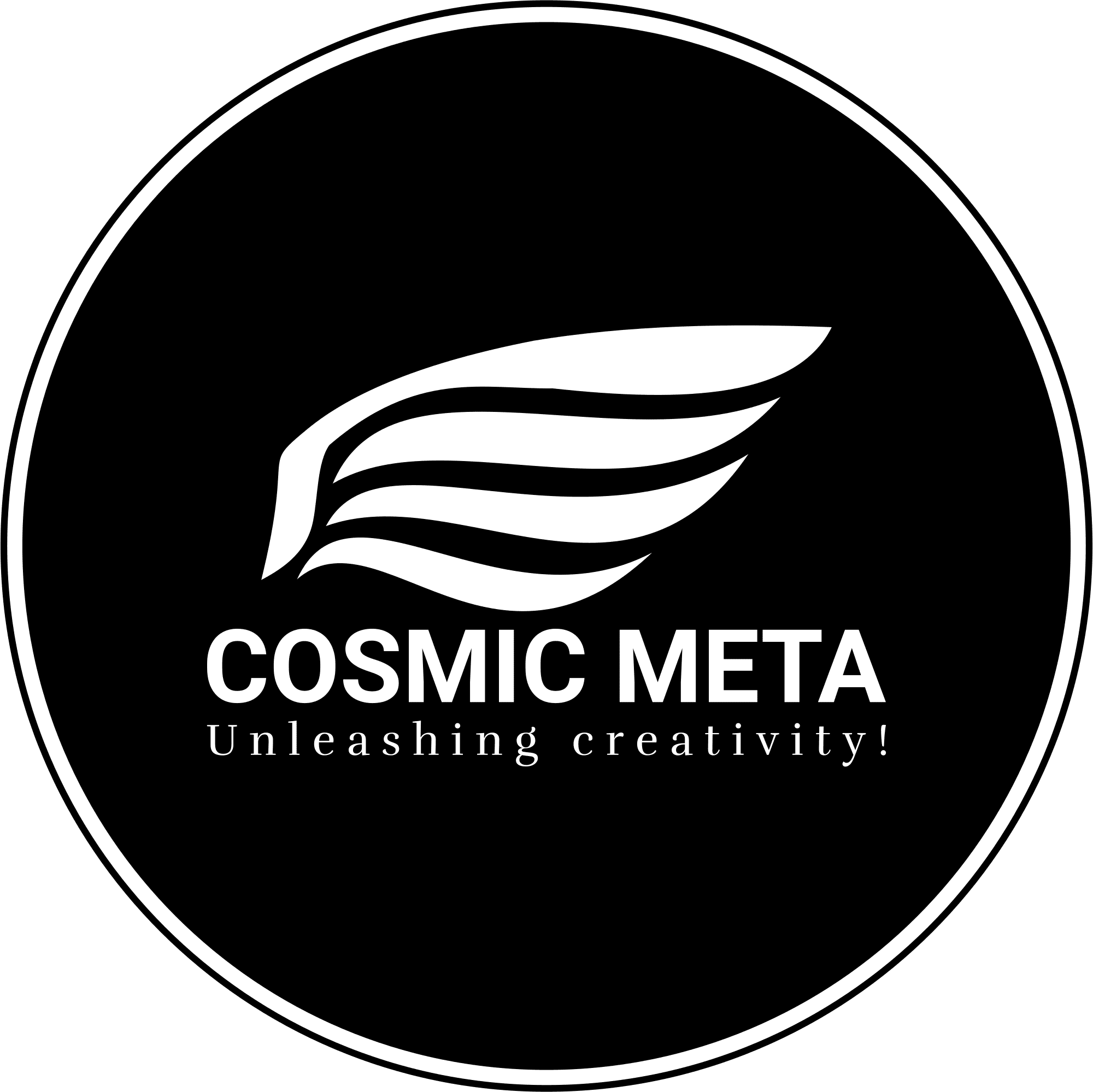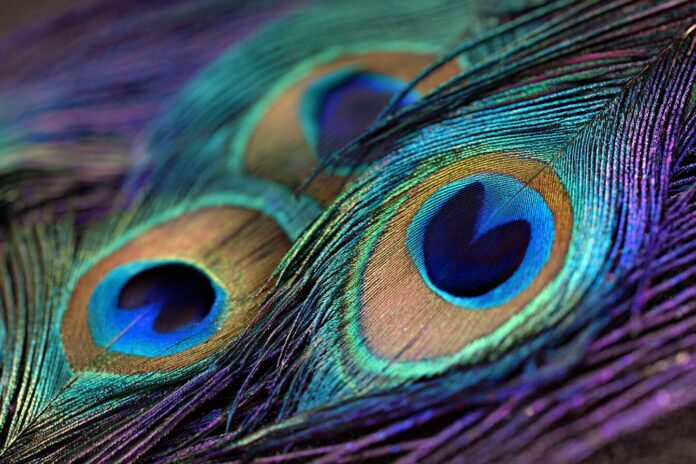Nature’s Photonic Marvel Unlocks New Potential
Peacock feathers have long captivated the imagination with their dazzling, iridescent hues. Most importantly, recent advances have revealed that these seemingly decorative structures can be transformed into functional biological lasers. Because nature has evolved such perfect photonic devices, researchers are now exploring innovative ways to integrate these natural designs into cutting-edge optical and biomedical devices.
Moreover, by leveraging the inherent microstructures found in these feathers, scientists are paving the way toward sustainable, biocompatible laser systems. Transitioning from ornamental beauty to functional technology, this breakthrough underscores how evolutionary solutions can inspire modern engineering. For further reading on this natural phenomenon, please visit Slashdot and ScienceBlog.
The Secret Structure Behind the Shine
Because peacock feathers owe their brilliant colors to micro-scale photonic crystals rather than pigments, researchers have been intrigued by the possibility of harnessing these structures beyond mere reflection. The ordered arrangement of the nanoscopic layers acts as a natural light manipulator that selectively reflects wavelengths. Therefore, these structures not only create vivid colors but, when combined with active dyes, can also amplify light in laser-like fashion.
Besides that, these photonic crystals serve as the foundation for a resonant optical cavity, which is essential in laser physics. Their intricate designs, which nature perfected over millennia, illustrate an evolutionary ingenuity that scientists are eager to replicate. Detailed insights into these underlying mechanisms can be found in a comprehensive report by Heise.
Turning Feathers into Lasers: The Experiment
In a groundbreaking series of experiments, a collaborative team of researchers embarked on an innovative journey to transform peacock feathers into viable laser sources. Initially, natural feathers were collected and the bright, patterned eyespot regions were isolated. Most importantly, these isolated regions were repeatedly soaked and dried using a solution of rhodamine 6G—an organic dye that has been widely used in conventional dye lasers due to its excellent fluorescence properties.
Because the dye enhances the inherent light-emitting properties of the feather, scientists then exposed the dyed structures to pulsed green laser light. This meticulous process, conducted under controlled laboratory conditions, resulted in the feathers emitting narrow, coherent beams of yellow-green light. Transitioning from observation to scientific understanding, the captured data using sensitive spectrometers confirmed that the microstructures within the eyespots function as natural optical cavities. For more detailed experimental procedures, please refer to the study highlighted on TechSpot.
Fundamentals of Biological Laser Operation
At its core, a laser requires an optical medium that can be excited and a cavity that amplifies the resultant light. Therefore, in traditional systems, synthetic materials usually perform these roles. However, in this fascinating experiment, the photonic crystal structures within the peacock feather naturally assume the role of the resonant cavity. Because the dye-infused feather supports the excitation of electrons, the normal process of light emission is harnessed to produce a concentrated and coherent beam of light.
Most importantly, the feather’s natural architecture allows photons to bounce within a highly ordered framework, quickly reaching the threshold for laser action. Besides that, the interplay of dye and structure offers an excellent demonstration of how biological materials can mimic and even outperform certain synthetic configurations. More technical insights into the operational aspects of these biological lasers are available on Threads.
Implications for Science and Technology
This experimental breakthrough is the first documented instance where a naturally occurring biological structure is employed as a laser cavity. Because peacock feathers were not evolutionarily designed to emit laser light, their successful transformation highlights the vast untapped potential in biomaterials research. Most importantly, such biological lasers could pave the way for innovative applications in fields ranging from advanced biosensing to biomedical imaging.
In addition, researchers anticipate that similar natural structures in living tissues could be harnessed for creating safe, implantable laser devices. Therefore, potential applications include advanced biosensing for early disease detection, in vivo imaging that minimizes external harm, and novel therapeutic devices that utilize precise light sources for targeted treatments. Transitioning from laboratory novelty to practical applications, these findings could fundamentally alter how we approach medical diagnostics and environmental monitoring.
Future Perspectives: Nature as a Technological Muse
The success of transforming peacock feathers into biological lasers is a clear indicator of nature’s capability to inspire cutting-edge technology. As biomimicry continues to influence scientific innovation, researchers are increasingly looking to natural structures for solutions to modern challenges. Because this research bridges the gap between biological evolution and technological advancement, it hints at a future where devices are not only more efficient but also environmentally sustainable.
Moreover, by delving into the interplay between biological microstructures and photonic devices, scientists are likely to uncover further applications that could revolutionize fields such as integrated optics and renewable energy. Most importantly, the study reinforces the idea that the natural world is a treasure trove of engineering solutions. For further exploration of this promising field, make sure to check the feature on ScienceBlog.
References & Further Reading
- TechSpot: Scientists transform peacock feathers into tiny biological laser beams
- Slashdot: Peacock feathers can be lasers
- Heise: A laser made from peacock feathers
- Threads: Peacock feathers can emit narrow beams of light—a first in the animal kingdom
- ScienceBlog: Peacock feathers made to glow with laser light



